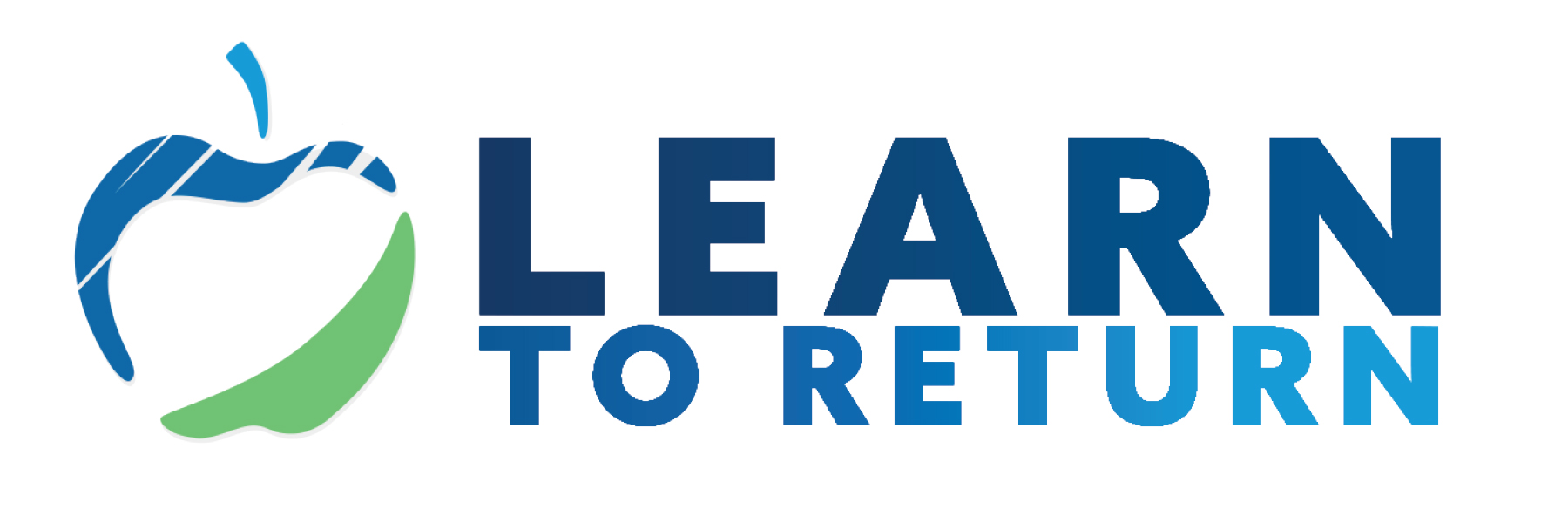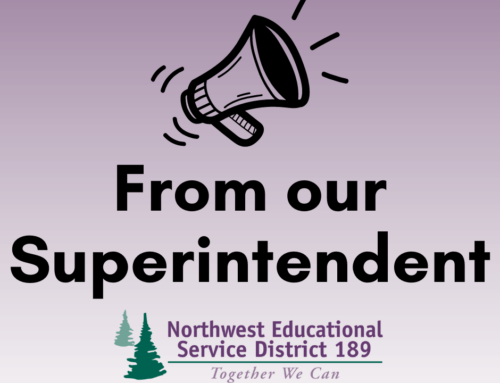COVID-19 has been a game-changer, especially for our schools. During the 2019-2020 school year, we began to realize the negative impacts of our students missing in-person learning time. Now, as most of us are in full-fledged “pandemic fatigue” mode, it is hard to think of one more thing regarding COVID-19 (1). The unfortunate part of this story is that we won’t see SARS-CoV-2 leave us alone, so we all must learn to adapt with sustainable protection measures to keep our students safe in the learning environment. For this reason, the Washington State Department of Health partnered with Health Commons Project to create the Learn to Return (L2R) program. This program allows public health and school leadership to partner and learn how to return to in-person learning for students. This program was piloted in different districts of varying sizes and demographics during the 20-21 school year and was fully launched for the 21-22 school year based on what was learned during the previous school year, and we will continue to learn and evolve in the upcoming year.
Recently, I was able to sit down and learn more about the L2R program with Melissa Hartmann, NWESD’s new L2R Screening and Testing Coordinator. Melissa told me that, “Now is the time a robust COVID-19 testing program in schools can help. As we kick off the 21-22 school year, I am happy to say that most school districts in our area are enrolled in the L2R program. This is Washington’s answer to long-term strategies and research for sustainable COVID-19 mitigation practices in our schools. The program focuses on developing a robust and adaptive COVID-19 testing strategy that fits the school district’s community.”
Melissa mentioned, “It’s important to note that the science behind tracking COVID-19 transmission in schools is new, however, all indicators point to the transmission rate in schools being equal to or slightly lower than that of the community (2). With the surge in transmission of the Delta Variant, we must remain vigilant. L2R is here to help school district leadership interpret that data, stay up to date on current regulations and guidance posted by the Department of Health, and make decisions that layer COVID-19 mitigation techniques to protect their community.”
After talking to Melissa, I think we will see a dramatic increase in mental health, academics, and social well-being in the students across the region because we are back in person at schools. With appropriate mitigation techniques, we can hope that the number of students that catch COVID-19 is minimal, and we can work to improve the physical health of our students by ensuring there is fair and equitable access to COVID-19 testing throughout the year.
For more information about Learn to Return, you can visit their website at www.learntoreturn.org or the NWESD Coronavirus Information webpage https://www.nwesd.org/learn-to-return-nwesd/ .
Resources:



